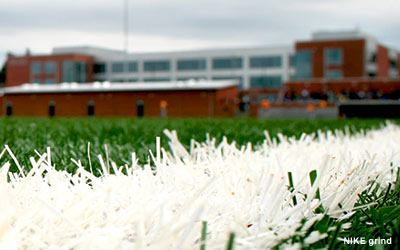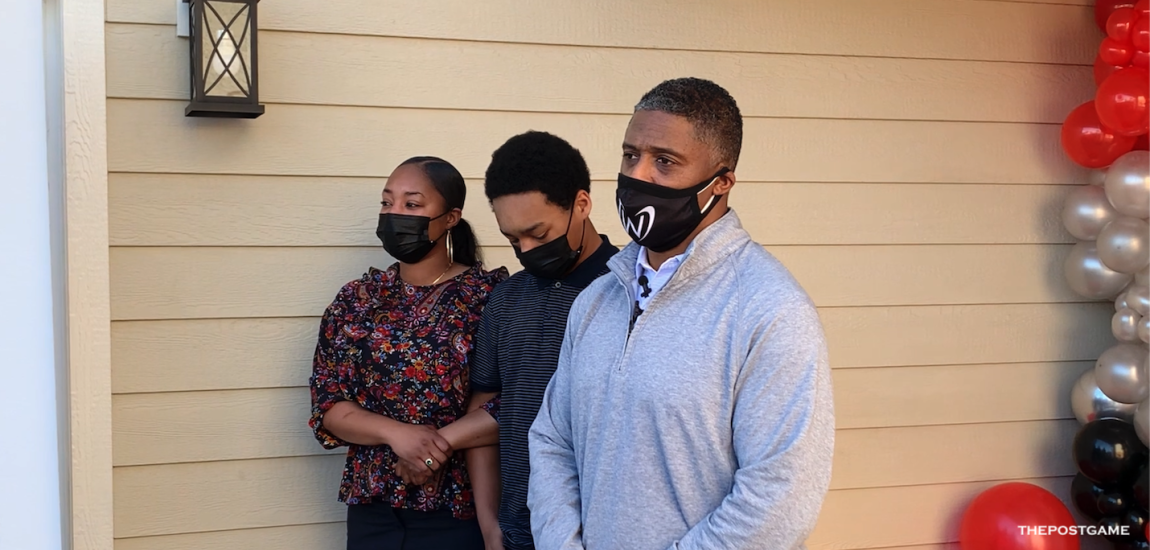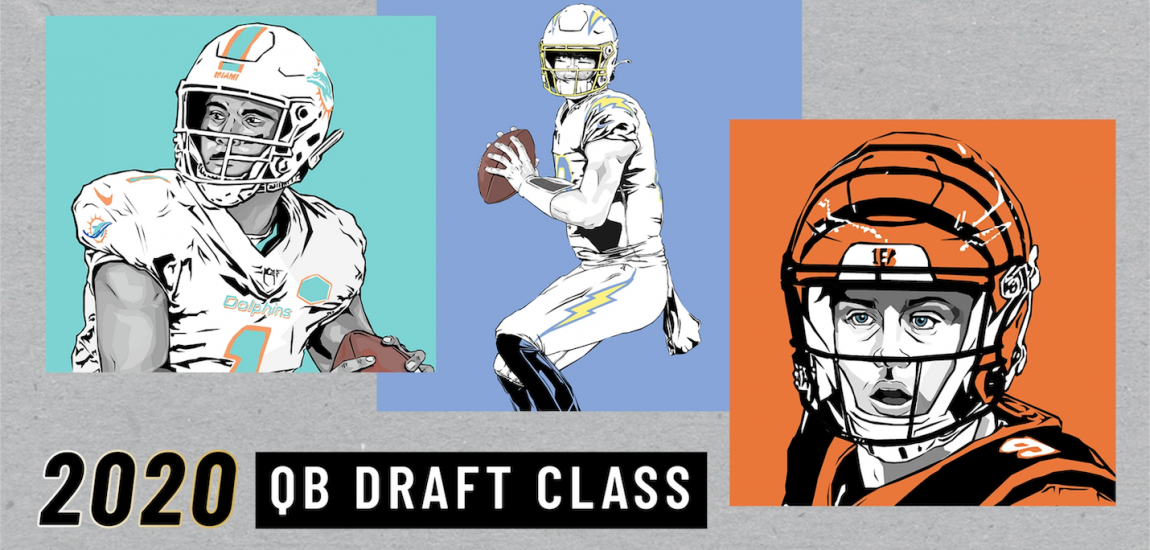Amy Griffin can't say for sure that artificial turfs are causing cancer. But she's doing everything she can to find out.
One thing she does know: Soccer players across the country are coming down with cancer at epidemic rates. It didn't always used to be this way.
"I’ve coached for 26, 27 years," Griffin said in an interview with NBC. "My first 15 years, I never heard anything about this. All of a sudden it seems to be a stream of kids."
Griffin has been on the hunt for answers since two female goalkeepers she knew were diagnosed with non-Hodgkin's lymphoma. A nurse at the hospital remarked on the rash of soccer players -- goalkeepers in particular -- that had been coming down with cancer. Griffin was already suspicious.
"I just have a feeling it has something to do with those black dots," she said.
That was in 2009. Since then, Griffin has been on a crusade for answers. She's compiled a list of all the American soccer players who have been diagnosed with cancer.
So far, that list has grown to more than 50 soccer players, the vast majority of whom are goalkeepers. Why does their position matter? Because goalkeepers spend far more time in contact with the ground as they dive for balls and defend the goal.
Which means they're also getting the most exposure to the artificial turf -- those suspicious black dots.
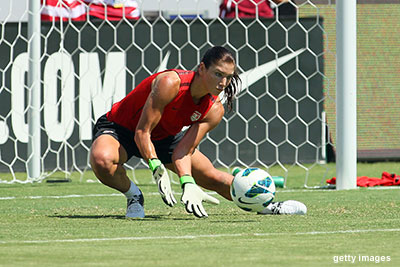
The black material is actually known as crumb rubber, and it's a product designed to mimic a natural soil playing field, with a few enhancements: Lower maintenance, no need for water and a more consistent playing field for athletes.
Crumb rubber fields also seemed to have an environmental appeal, conserving resources while recycling tire rubber into a useful product.
But there are drawbacks, too. The fields can be brutal on the body, leaving bloody open wounds on players that scrape their exposed skin on the ground. Those open wounds are exposed to dangerous carcinogens harbored in the rubber.
Griffin doesn't know enough to draw any conclusions, but she's smart enough to connect the dots. Carcinogens cause cancer, and open wounds on soccer players are routinely exposed to those carcinogens.
If that seems coincidental, consider this: Most of the athletes on Griffin's list had either lymphoma or leukemia -- cancers of the blood.
At the moment, the case against crumb rubber is largely anecdotal. Available research is limited, so much so that the Environmental Protection Agency hasn't made a strong statement either way regarding the use of these fields.
The EPA does, however, point out that synthetic turf concerns have existed for years. In 2013, the New Jersey Department for Health and Senior Services detected dangerously high levels of lead dust on synthetic turf fields in the state.
Around that time, parents in Colorado raised concerns to the EPA about the safety of rubber particulates their children were bringing home on their clothing. And in 2008, synthetic turf fields at Manhattan's Thomas Jefferson Park were found to have high levels of lead, requiring the city to replace the crumb rubber.
The EPA has published a list of dangerous chemicals and carcinogens that could be present in any tire converted to crumb rubber, including arsenic, chloroethane, latex, lead, mercury, phenol, nickel and isoprene, among others.
But the organization is reluctant to make broad statements regarding the same of America's 4,500 crumb rubber playing turfs. For now, field safety continues to be addressed on a field-by-field basis.
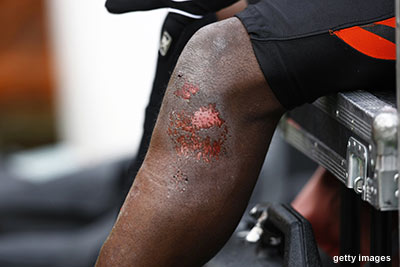
The wait-and-see approach is not good enough for school districts and other sports organizations, though, which face decisions that put kids' lives at risk. Left to draw their own conclusions in the face of a serious public safety issue, some are deciding that the anecdotal evidence is enough.
In Ocean City, New Jersey, a plan to convert a natural grass football field to a crumb rubber turf has been put on hold. Ocean City Mayor Jay Gillian said that the risks are too great until more research is done.
Gillian also requested that the New Jersey governor's office launch an investigation into the matter.
"While I am aware that there are no studies demonstrating a health risk associated with such turf, I have come to believe that further study is necessary," Gillian wrote. "I am not ruling out installation of artificial turf in the future, pending the outcome of such studies."
In other parts of the country, more drastic measures are being taken. Kennedy Catholic High School in Burien, Washington, was set to install synthetic turf on a new home playing field -- its first in 40 years.
But news of crumb rubber's potential health risks pushed the school to make a dramatic switch. Instead of installing a crumb rubber field, the school is spending an additional $20,000 to install Nike Grind, a synthetic surface made from ground-up athletic shoes.
"We were days away from the infill process," principal Mike Prato told KIRO. "We said, regardless, 'stop everything.'"
Kennedy High is hopeful that its new Nike Grind turf will provide all of the benefits of crumb rubber without the carcinogenic hazards.
Regardless of what the research says about synthetic turfs and their cancer threat, many athletes are starting to take a stand against their use. Prominent athletes from the NFL, as well as American women's soccer star Abby Wambach, have called out the use of synthetic turfs as a financially motivated move that does athletes a disservice.
Athletes and their representatives have cited warmer playing surfaces, altered styles of play, and an increased risk of injuries as reasons why synthetic turfs should not be used in football or soccer.
Even worse, a recent report from The American Academy of Neurology suggests that concussions are more prevalent on synthetic turfs, in part because improved traction lets athletes accelerate and collide at higher speeds.
If synthetic turfs do prove dangerous, the transition will be an expensive national product. Converting to alternative turfs will cost hundreds of thousands of dollars. Natural grass fields, by contrast, will be cheaper to install but more costly due to continued maintenance needs.
All of that is down the road. For now, research remains a top priority. Griffin is doing her part, collecting samples from each field she visits as an assistant coach for the University of Washington. Those samples are sent to labs for testing.

Griffin says it's not about being correct. She only wants answers, and she would love for her crumb rubber cancer theory to be wrong.
Right now, though, the odds don't look great.
UPDATE: Following the publication of this article, a FieldTurf spokesman delivered a statement to ThePostGame in response to the perceived concerns regarding synthetic playing turfs:
"Scientific research from academic, federal and state government organizations has unequivocally failed to find any link between synthetic turf and cancer – as acknowledged by NBC in their report. We are committed as a company and as an industry to the safety of our fields and the athletes that compete on them – which is why we have encouraged the rigorous work from third-parties that has taken place over decades to confirm there are no negative health effects connected to synthetic turf.
"We are always open to sharing this available wealth of research with concerned individuals or organizations, and are fully confident in this body of findings. However, we recognize that some people believe that more research is needed, and we respect this and are willing to support any additional scientific studies in any way we can."


